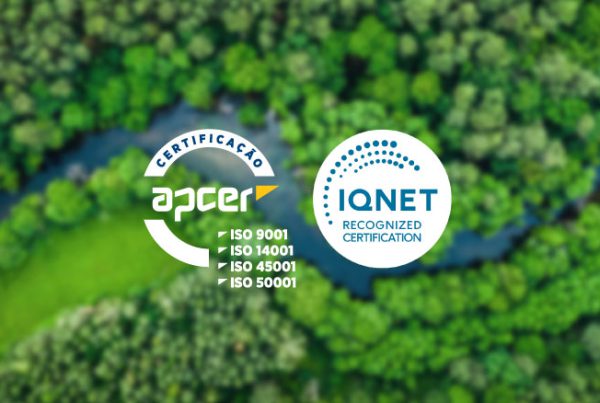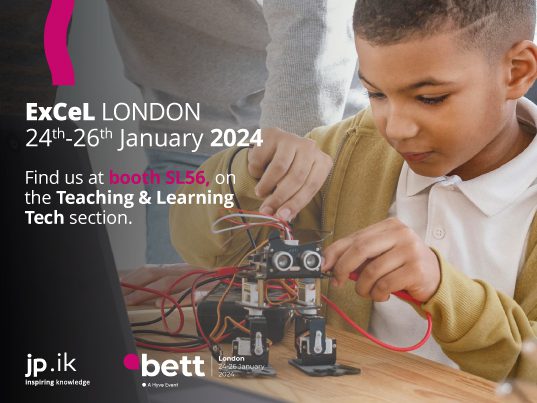The digital transformation is sweeping the world over, radically transforming the world we are living in and, ultimately, the way we conduct our daily routines and activities.
The same as happen with the dynamics of teaching and learning.
The digital transformation is shifting the education paradigm and there is no way back.
In this context, Education Technology or EdTech is a growing sector and global investment in edtech companies is increasing rapidly, while some reports predict a total of $252 billion in investments by 2020; meaning next year.
Let’s breathe in and out! Investing in technology, designing innovative technological solutions especially for education does not mean technology will replace teachers.
The human nature of interaction and feedback can never be completely replaced by technology.Therefore, this is an opportunity for educators to equip themselves with these media resources, aiming to facilitate the teaching landscape management and create immersive scenarios to engage students in the learning journey.
The fact is, both, learners and educators do comprehend technology can leverage their own journey. While there is a demand from students for better digital solutions, teaching organizations that do not engage with technology may struggle to engage with new students. In addition, teachers do realize technology in education is unavoidable, however, it is also true they may struggle about how to successful and meaningfully integrate technology into the teaching/ learning experiences.
In this context, all good tips are useful in order to efficiently bring technology into the classroom for a rewarding and engaging teaching/ learning journey. For this reason, bellow we share a few tips that teachers and teaching organizations can incorporate to enhance their edtech strategy and alignment, in order to engage and connect with this generation of digital natives.
A) Get to know Analytics
Hanover Research conducted a study that shows 87% of surveyed college students said analytics on their performance had a positive influence on their learning.
Allowing learners to access to real performance data that goes deeper than a grade can assist them to diagnose gaps by themselves and seek out the right resources, in order to get the right data.
In a similar way, educators can acknowledge situations sooner, and collaborate with students using learning tools, which can assist them in avoiding falling behind. Analytics of this kind depend on integrated systems that can compile data from distinctive sources, such as homework and tests.
B) Engage with your students in a culture of literacy
As a teacher, you are a leader, a role model. As a leader, your role in the teaching/ learning journey roots in assisting your students into achieving their best – as students, as global citizens and as digital natives.
When we talk about aculture of literacy, as a teacher think of yourself as an Orchestra’s conductor. There is reading and writing, speaking and reasoning. Your mission is to drive your students through these domains and assist them into the building of knowledge.
Test and experiment by yourself and with your classes the best technological tools that can enhance the teaching/ learning experience for both sides. On one hand test the ones that can help you as a teacher to efficiently manage the daily tasks of the classroom and smoothly switch from online to offline moments during class time. On the other hand, alongside your students test the best technological solutions that can assist them in the development of literacy skills.
C) One step at the time
It might sound obvious. But perhaps it is not, especially if you tend to feel overwhelmed with technology and with the one-million-dollar question of how to integrate technology for good in the classroom. Basically, how to meaningfully do it?
Start small! The number one rule is one technology at a time! Okay? One technological solution, one task, one project! Do not get overwhelmed! The rule is start with one!
An extra tip – it is easier to start to explore a new challenge, if we can start, we something we already know.
D) Focus on student actions, not teacher actions
Your focus is in the learners! Keep focused! The fact is, it is not about you or what you do. But the central focus is on what they are doing and why. In this sense, the guideline is how you can help them developing their own standards for quality, so they are able to achieve their best.
It takes work! In fact, it does! It is challenging sometimes! It is, no way around it! But, this is part of educating a generation!



